Ashwagandha plant is a nightshade family herbaceous shrub native to nepal, india and North African parts.
The Ashwagandha herb is a vital plant in the field of Ayurvedic medicine. 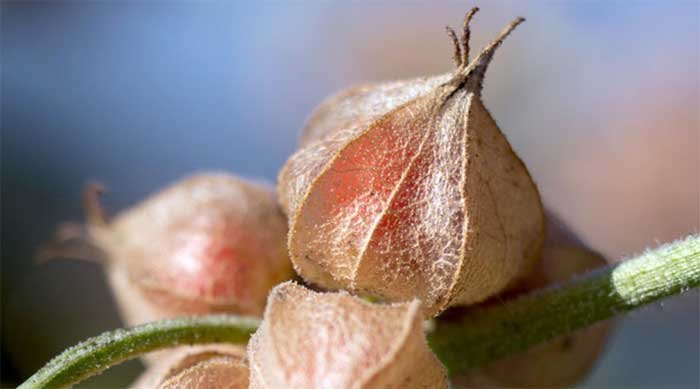 It has been used for a long time as a diet supplement that helps to treat a variety of diseases and enhance the immune system.
It has been used for a long time as a diet supplement that helps to treat a variety of diseases and enhance the immune system.
Ashwagandha Plant: Brief Facts
- Name: Ashwagandha, often known as winter cherry
- Scientific Name: Withania somnifera
- Height: up to 3 feet in height
- Distinctive qualities: The plant is an upright, greyish, evergreen shrub with petiolate, oblong leaves, long tuberous roots, and short stems.
- Type: Nightshade family or evergreen shrub
- Location: Among the states in northwest India where the species is widely distributed are Punjab, Gujarat, Rajasthan, Maharashtra, Madhya Pradesh, Uttar Pradesh, and plains. It is also grown in several locations in Rajasthan and Madhya Pradesh.
- The required light: full sun and largely dry weather
- Hue of flowers: Greenish yellow
- A season perspective: past due rainy season
- Proliferation: whenever the temperature is approximately 70 F, sow seeds 2 cm apart (20 C)
- The required soil: sandy loam with the pH value of 7.5 to 8.0 and adequate drainage.
- Fragrance: Fresh herb roots have a distinct horse scent.
- Diameter of 1-1.5 cm for the stem.
- Bush height: Bushes can grow up to three feet tall.
- Pedicels are 3-4 mm long, with petal lengths of 10 mm and 3-6 fascicles.
- Range of temperatures: Temperatures between 70 and 95 degrees are ideal for growth.
Do give a look at the jute plant images here and how to grow it at home.
Growing an Ashwagandha Plant
In early spring, sow Ashwagandha seeds indoors. The seeds require a soil temperature of minimum 70°F to germinate. The plants may take up to 180 days or more to mature.
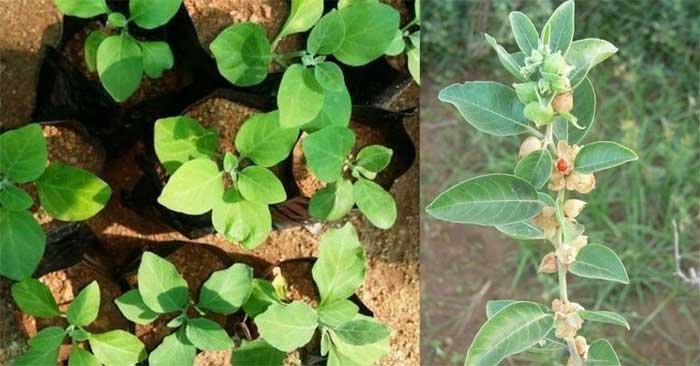
Fill the seed propagation tray with organic and nutrient-rich soil.
Place the seeds in the pots with a cover of a thin layer of soil, and thoroughly water them. Place the prepared seedlings in a warm and bright location.
It might take up to ten to fourteen days for the seeds to sprout. When you see seedlings, you can gradually cut down on watering, but never allow the soil to dry out.
You may also like to read about shami plant here as well.
When the baby plants are at least four inches tall, you can transplant them to the garden soil.
Basic Requirements for Ashwagandha Plant
Ashwagandha is an easy-to-grow indoor plant that requires little upkeep. It does not mind using soil and fertilizers, although it does appreciate a dry, sunny environment.
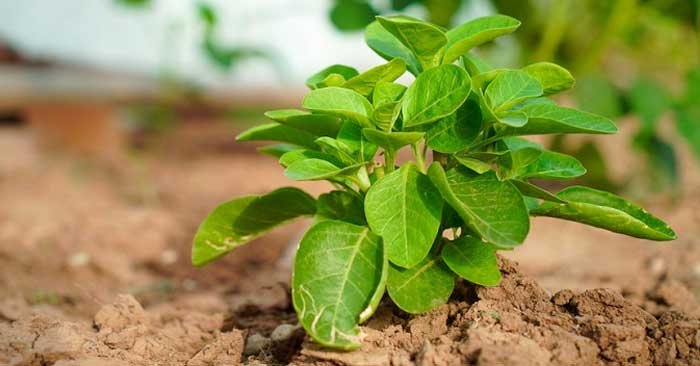
It grows in full sun, so plant it in an area of your garden that can receive at least six hours of direct sunlight per day. It can withstand some partial shade, but it will grow at a slower rate and take longer to mature.
Temperatures between 68°F and 95°F are suitable for growing Ashwagandha. This plant is not frost resistant.
Plant the ashwagandha in well-drained sandy soil. If you are planning to plant a parijat plant consider reading this.
Ashwagandha is a drought-tolerant plant that requires just minimal watering. If the top two of your plant feel dry to the touch, it is time to water it.
The simplest approach to guarantee that Ashwagandha gets enough nutrients is to use an organic-rich soil mix.
Maintaining an Ashwagandha Plant
The plant’s density that must be taken care of may ultimately depend on the nature and fertility of the soil.
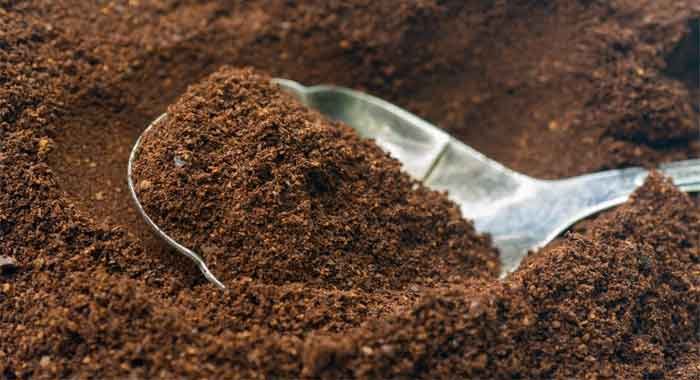
Generally, the field needs to be weeded twice and once within 20–25 days of seeding and once within 20–25 days of the second weeding.
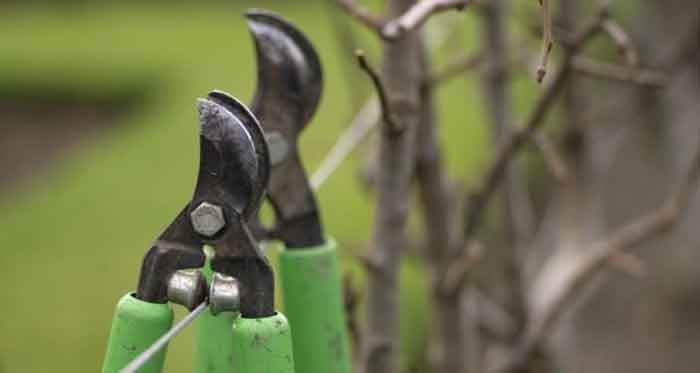
The crop of ashwagandha does not require significant amounts of manure and fertilizers. It responds very well to organic manures.
Consider reading about the ajwain plant as well here.
Too much rain or water harms this crop. Light rain helps plants develop more successfully after transplantation. In irrigated settings, the crop might get irrigation once every 10 days.
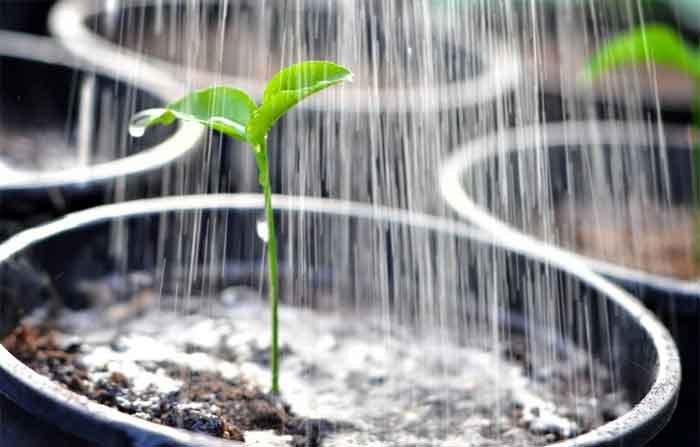
Sandy soil that drains properly is required for water to flow out quickly. The required pH level for the soil is between 7.5 and 8.
Ashwagandha cannot be cultivated on soil that retains water and becomes saturated.
You may also like to read about bhringraj plant here as well.
Advantages of the Plant’s Different Parts
The antioxidant qualities of the ashwagandha leaves are used to treat viral infections it also treats cough and cold and chronic discomfort.
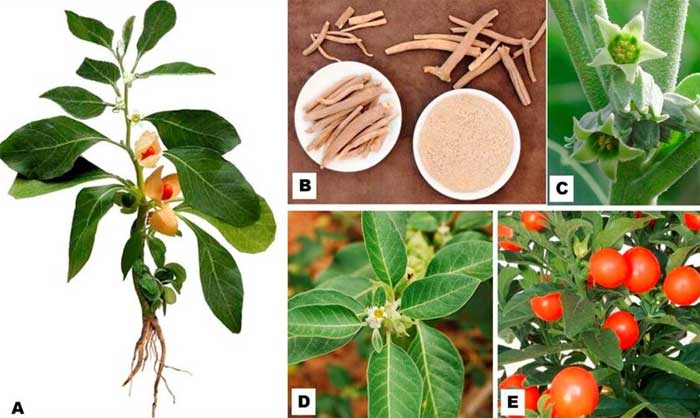
Ashwagandha flowers and seeds contain diuretic and aphrodisiac qualities that are used to improve fertility and treat renal ailments such as kidney stones.
The seeds have anthelminthic qualities which are used to treat viral disorders as well as parasitic infestations.
The roots are the most important portion of the plant. It contains anti-helminthic, antioxidant, anti-depressant, and anti-diabetic characteristics and is thus used to treat neural issues, diabetes, constipation, infertility, skin disorders, and other ailments.
Although ayurveda therapists used to self-prepare ashwagandha formulations in ancient times, today’s marketplaces are swamped with these formulations, and one may readily obtain and use tremor for their wide variety of health advantages.
Do check out everything about the arrowhead plant here as well.
Ashwagandha Plant Health Benefits
- Reduces Tension and Anxiety
- Improves Cognitive Function
- Increases Energy
- Helps to Regulate Blood Sugar Level
- Lowers Blood Pressure
- Heart Health
- Reduces Pain and Inflammation
- Aids Immunity
- Aids in Detoxification
Also read about the lucky bamboo plant and its benefits here.
What does ashwagandha do for your body?
If you are seeking an all-natural way to boost your health and well-being, try this potent plant. Few plants match the adaptability of ashwagandha in herbal therapy.
It is also known as Indian ginseng or winter cherry. This 5,000-year-old natural healing approach employs herbs, nutrition, and lifestyle habits to restore equilibrium in the body and mind.
Ashwagandha Plant Uses
Ashwagandha is very adaptable; it can be consumed with or without food, at any time of the day, even immediately before bed, as a powder, pill, or liquid extract.
Ashwagandha is an effective natural ally in and of itself. It has a positive effect on cognition and has helped both old people lose their memories and children with memory loss.
The also has anti-epileptic, anti-coagulant, antipyretic, anti-inflammatory, and antidiabetic characteristics in addition to its palliative effects such as analgesic, rejuvenating, regenerating, and growth-promoting capabilities.
Consider Reading:


